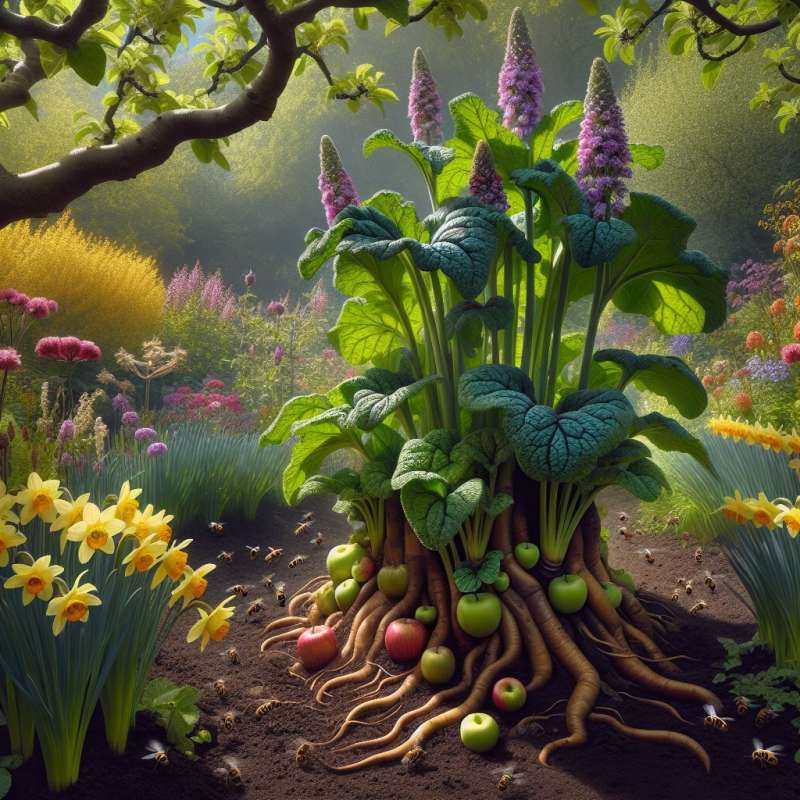
Introduction to Polyculture
Polyculture involves growing multiple crops together. Beyond the Three Sisters (corn, beans, squash), many cultures worldwide use diverse plant partnerships to enhance soil fertility, deter pests, and boost yields.
Milpa System in Mesoamerica
The Milpa system is an ancient Mesoamerican farming method. It integrates maize, beans, squash, along with peppers, avocados, and other plants, creating a self-sustaining ecosystem that can produce for years without depleting soil nutrients.
West African Staple Intercropping
In West Africa, farmers practice intercropping with millet, sorghum, cowpeas, and groundnuts. This approach not only maximizes land use but also improves resilience against erratic weather and pests, crucial for food security in the region.
Asian Rice Paddy Polycultures
Asian rice paddies often include fish, ducks, and azolla (a water fern). This symbiotic relationship reduces pests and weeds, improves nutrient cycling, and increases overall productivity, showcasing a sophisticated integration of aquaculture and agriculture.
Temperate Guilds and Companion Planting
Temperate regions use guilds (clusters of plants) that support each other. For example, apple trees, comfrey, and daffodils together improve pollination, soil health, and pest control, illustrating how strategic plant combinations can optimize garden health and yield.Ancient Amazonian Polyculture
Pre-Columbian Amazonian farmers created fertile Terra Preta soils using charcoal, bone, and manure, sustaining high-yield farms in nutrient-poor rainforests for centuries.
What crops are in the Milpa system?
Maize, beans, squash, peppers, avocados
Rice, millet, cowpeas, groundnuts
Fish, ducks, azolla, rice
Company